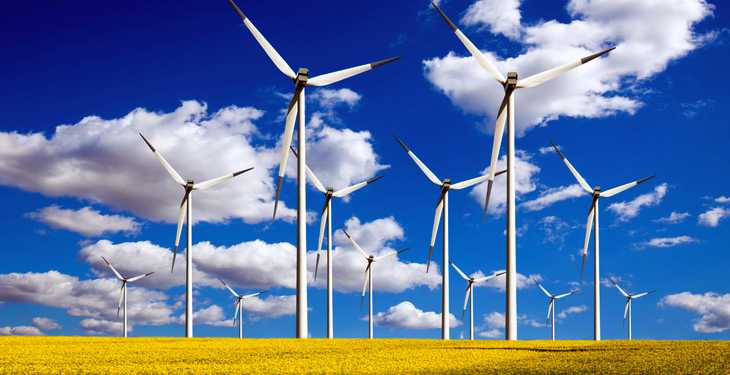The government approved on Thursday, the Emergency Ordinance for the amending and supplementing Law 220/2008, in a form that the Minister of Energy Toma Petcu described as “the best solution to balance the preservation of the renewable energy industry and the target undertaken by the country in front the European Commission”.
Romania has set a national target for 2020 of 24% of renewable energy in the gross final consumption of electricity, target that has been already achieved, but which must be conserved until the year of reference. “We can describe it as of a breath of oxygen for the renewable energy industry. At the same time, basically, it means a freeze of the maximum impact the renewable energy will have within the invoices paid by households, until 2032”, said the Minister of Energy Toma Petcu, in a press release.
The main changes, as presented in the statement, are:
- The elimination of the shelf life of only 12 months for the green certificates. Basically, according to the new GEO, they will be valid for the entire period of operation of the support scheme, respectively until 2032. In this way, there will be avoided the situations met in recent years, in which a large number of green certificates could not have been exploited by the producers.
- The mandatory purchase quota for the electricity suppliers will be replaced with a new mechanism of the static quantity of green certificates, which will be revised every two years by ANRE, for creating a balance between consumers and producers.
- These provisions are supported by creating some anonymous trading platforms for renewable energy and green certificates on the centralized markets of electricity, so that both large and small manufacturers and suppliers to be able to find their place within the market.
- However, the green certificates will gain value when traded and not at the moment of issue as before, which will remove some of the pressure on the cash flows of the operators in the field. According to the new GEO, the renewable energy producers will only pay a profit tax at the moment of trading the green certificates, and not when they were registered in the accounting departments, as foreseen in the old legislation. This impediment led to insolvency and bankruptcy cases among the renewable energy producers.

